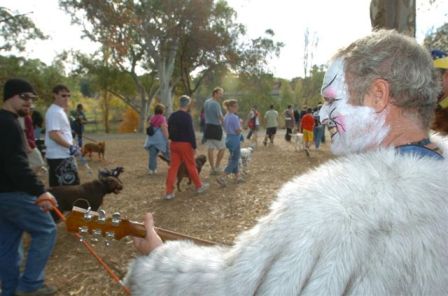Here are 2 comments that a friend and I made about
recent violence thoughts that we had: We exchanged these on facebook.
Me: "-I've got something to write on the blog but not to sure how to go about it.When both my kids were in town at
Adelaide Fringe stuff on the weekend they each saw
: Edd saw a guy get
hit over a head with a bottle and then punched ( just outside the garden) - Ash was on the scene where the
guy got stabbed.I want to write somethng about
violence, alcohol, gatherings, media, event and our cultural support of this. BUT i also want to make it personal. About
my experience as a dad and worring about my kids safety.Any ideas????"
Na: "...hmm I was so scared..I marched in the parade Friday noght..then tried to walk through rundle street with Emma...A and R....fucking scary..I saw a man
holding his little baby above hishead..trying to get air....
I have never seen adealide like that....Ja was there with friends too.....
i was so worried..."Okay! Whats going on with me. Am I responding to situations as a conservative? As I get older do I see things differently?( of course I do). But I have some questions:
Does a city council have responsibility to protect us from situations that can become violent? Do mass events with alcohol available freely contribute to violence? Is violence more prevalent than it used to be in Adelaide? Is it just more open? Does a police presence stop violence? Does it incite violence? Does our media enjoy violence? Is it just REPOTED more than it was??
Any comments gratefully accepted.
While we ( me) are talking about violence have you seen the new campaign from
Adults Surviving Sexual Abuse? I would be very very interested in your comments from thier campaign.
---------------------------------------------------------------------------------
Also here are some stats from australian institute of criminlogy:Number of recorded crimes /Violent crime
Violent crime includes homicide, assault, sexual assault, robbery and kidnapping (sometimes referred to as abduction). Although robbery may include an element of property crime, it is included as a violent crime, as the use or threat of violence is a more serious offence.
Recorded crimeBetween 1996 and 2003, the number of homicide victims • fluctuated between 332 and 386, before dropping below 300 in 2004 and 2005. In 2006, homicide rose above 300 again, to 319.
Continuing the trend of recent years,
robbery offences • increased in 2006.
The number of recorded kidnappings fluctuates yearly. • Over the period 1996–2004 kidnappings registered a general increase, but decreased between 2004 and 2006, from 768 to 725.
The trend in
recorded sexual assaults showed a steady • increase over the period 1996–2004. A slight decrease in 2005 was followed by another increase in 2006.Assaults continue to represent the majority of • recorded violent crimes. The overall trend since 1996 has been upward, with an increase of 50% between 1996 and 2006.
Lud









